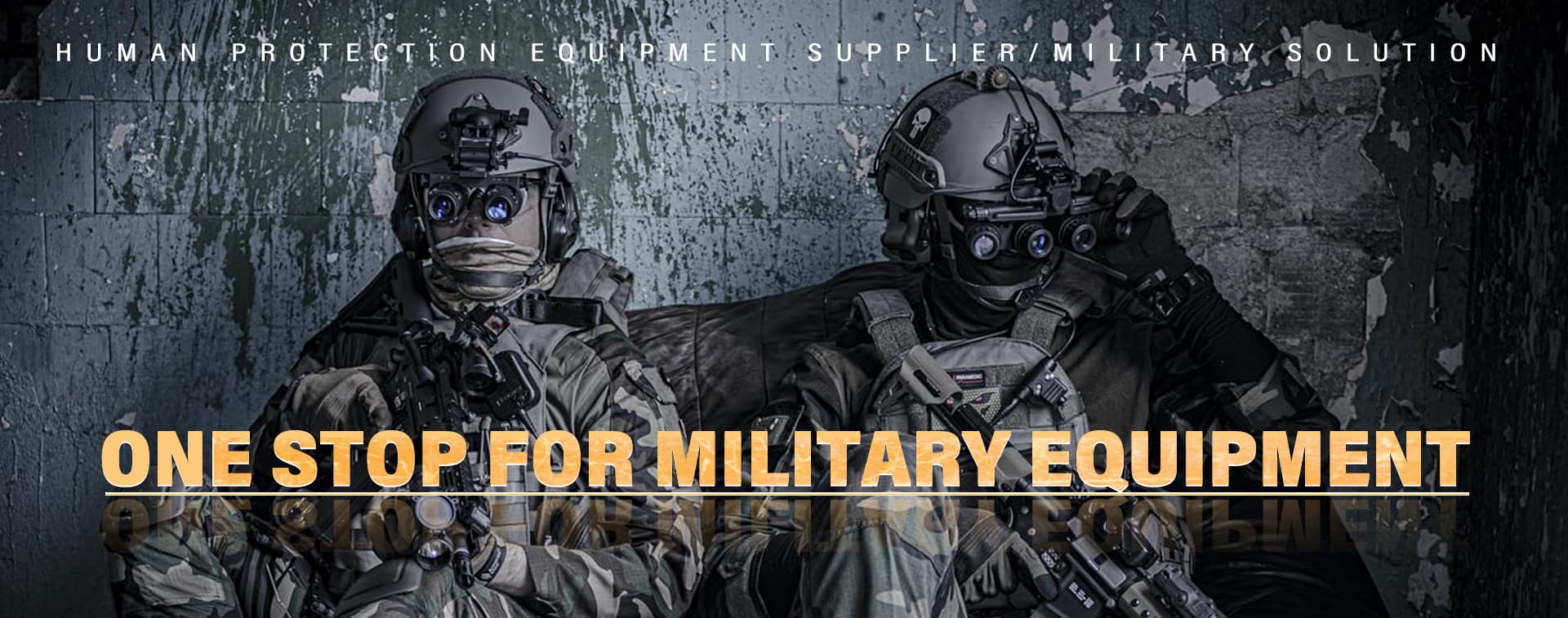Ballistic Helmets: Aramid or UHMWPE?
Feb 01, 2023
What is Aramid?
Aramid is a shortened form of aromatic polyamide. There are 2 types:
Meta-aramids
Aromatic polyamides were first introduced DuPont as HT-1 and then under the trade name Nomex. This fiber, which handles similarly to normal textile apparel fibers, is characterized by its excellent resistance to heat, as it neither melts nor ignites in normal levels of oxygen. It is used extensively in the production of protective apparel, air filtration, thermal and electrical insulation, as well as a substitute for asbestos. Meta-aramids are also produced in the Netherlands and Japan by Teijin Aramid under the trade name Teijinconex, in Korea by Toray under the trade name Arawin, in China by Yantai Tayho under the trade name New Star and by SRO Group under the trade name X-Fiper, and a variant of meta-aramid in France by Kermel under the trade name Kermel.
Para-aramids
Para-aramid fiber with much higher tenacity and elastic modulus was also developed in the 1960s and 1970s by DuPont and AkzoNobel, both profiting from their knowledge of rayon, polyester and nylon processing. In 1973 DuPont was the first company to introduce a para-aramid fiber, calling it Kevlar, this remains one of the best-known para-aramids and/or aramids. In 1978, Akzo introduced a similar fiber with roughly the same chemical structure calling it Twaron. Due to earlier patents on the production process, Akzo and DuPont engaged in a patent dispute in the 1980s. Twaron subsequently came under the ownership of the Teijin Aramid Company. In 2011, Yantai Tayho introduced similar fiber which is called Taparan in China. Para-aramids are used in many high-tech applications, such as aerospace and military applications, for “bullet-proof” body armor fabric.
What is UHMWPE?
Ultra-high-molecular-weight polyethylene UHMWPE is a subset of the thermoplastic polyethylene. It is a very tough material, with the highest impact strength of any thermoplastic presently made. It is highly resistant to abrasion, in some forms being 15 times more resistant to abrasion than carbon steel. UHMWPE fibers branded as Dyneema, commercialized in the late 1970s by the Dutch chemical company DSM, are widely used in ballistic protection, defense applications, and increasingly in medical devices, sailing, hiking equipment, climbing, and many other industries. UHMWPE is used in composite plates in armor, in particular, personal armor and on occasion as vehicle armor. For personal armor, the fibers are, in general, aligned and bonded into sheets, which are then layered at various angles to give the resulting composite material strength in all directions. Recently developed additions to the US Military’s Interceptor body armor, designed to offer arm and leg protection, are said to utilize a form of UHMWPE fabric. Brand/product names include Dyneema, Spectra, Tac-Tex and many others.
Read More
